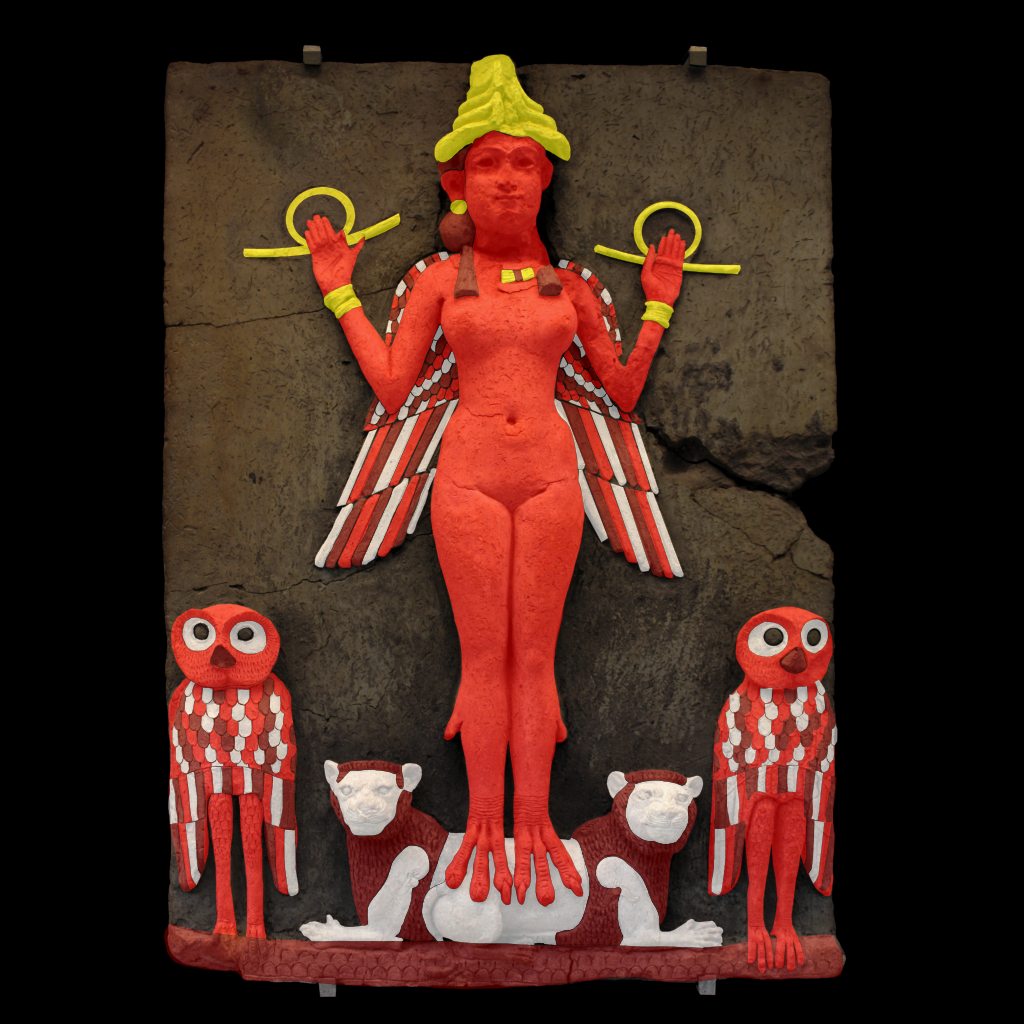Lilith
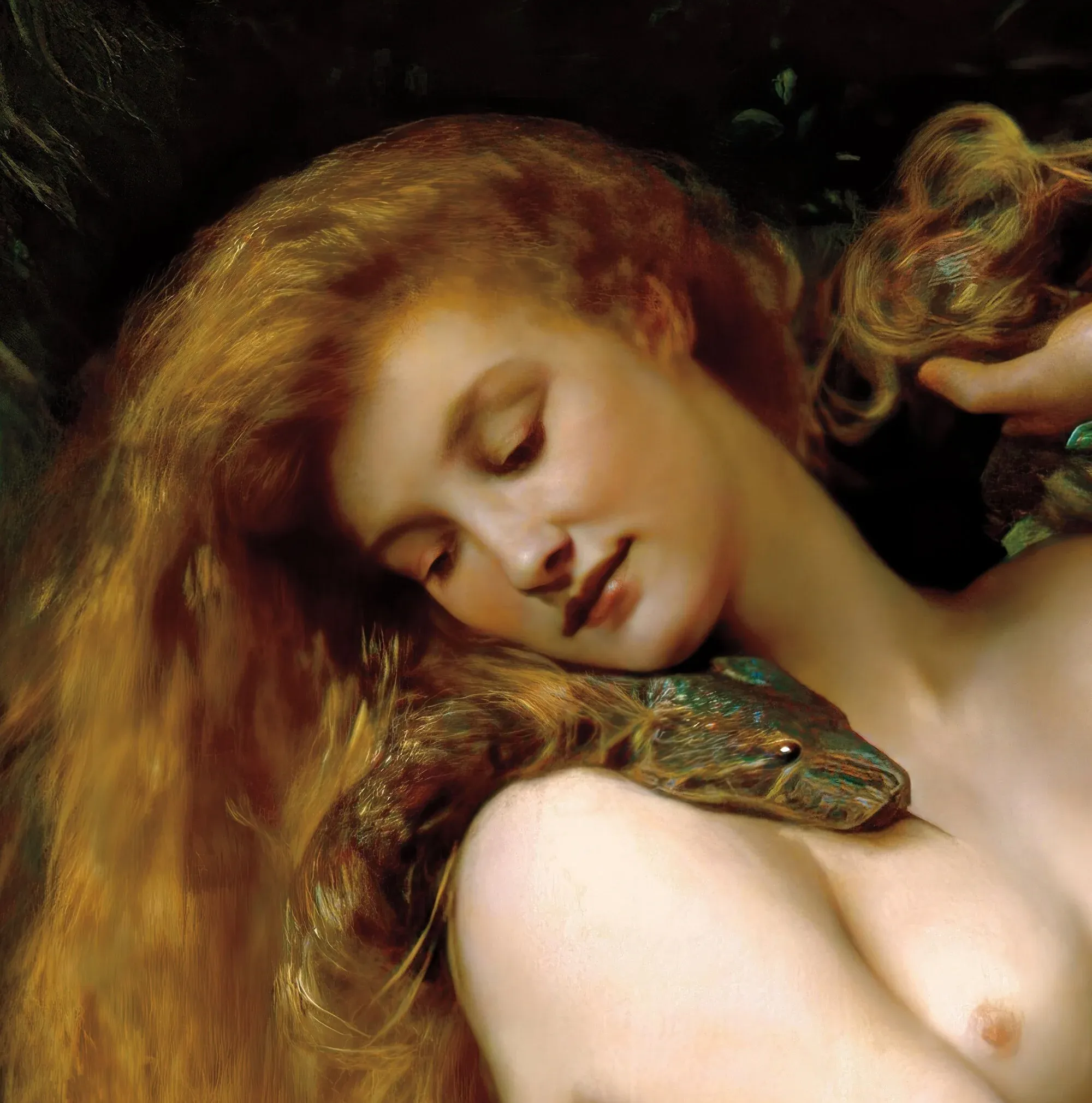
Lilith the child-stealer is a mysterious figure. She appears only once in the Bible, in Isaiah 34:14, as a kind of screech owl demon in the desolation of Edom (the Jewish prophets repeatedly called for the destruction of Edom by God, because Edom had sided with its enemies). She also appears fleetingly in the Jewish Talmud, the Dead Sea Scrolls and Jewish and Babylonian folklore. Here is Collier's painting in full:
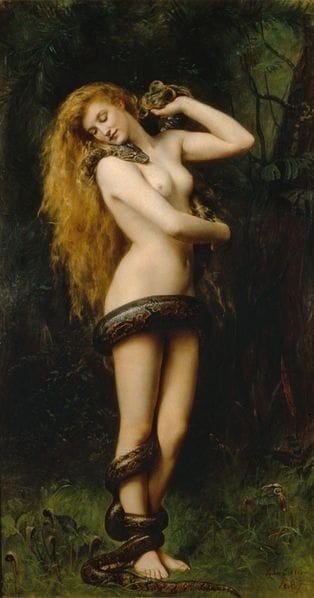
In the classical Greek and Roman worlds, Lilith’s role was largely taken by Lamia – both had in common a reputation for stealing other people’s children. In medieval times the two of them made minor comeback appearances. Lilith herself reappears in The Alphabet of Ben-Sira and the Zohar, controversial Jewish medieval texts that were the first to introduce the idea that Lilith was Adam’s first wife, before Eve came long. Lilith has much in common here with the conquistadors’ La Llorona - here, a role she maintains through Goethe’s Faust and Keats’ poems Lamia (1819) and La Belle Dame sans Merci (1820) - here.
But the most interesting aspect to this is whether Lilith took on the role of the snake - in Michelangelo's Sistine Chapel ceiling, in Raphael's paintings and in earlier images like this:

Or something worse...
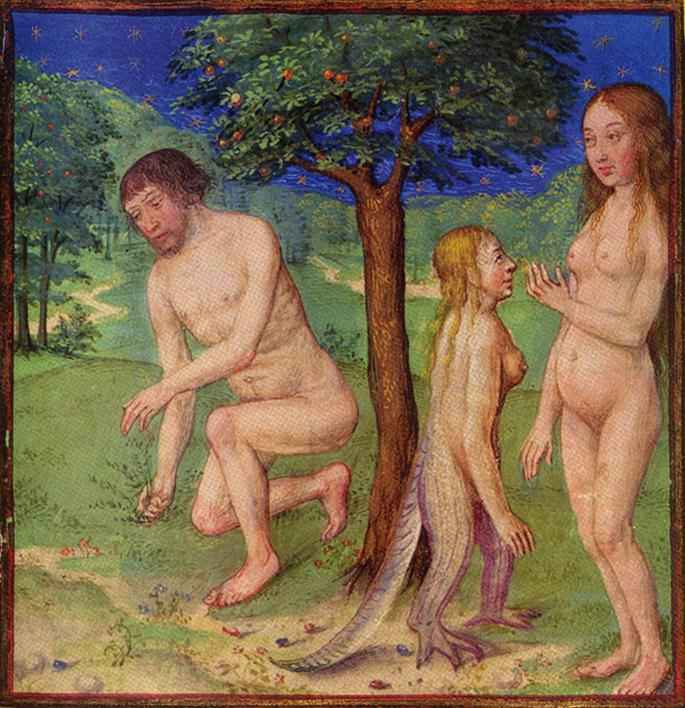
In Victorian times, Lilith (and Lamia) continued to be popular: in the works of John Collier (the 1887 painting up top, where she got involved with Eve's snake), Dante Gabriel Rossetti, Robert Browning, George MacDonald and others.
As the worst of the venom left my lips,
I thought, 'If, despite this lie, he strips
The mask from my soul with a kiss — I crawl
His slave, — soul, body, and all!
— Lilith's words (I think) in Robert Browning's Adam, Lilith, and Eve (1883).
Below is Rossetti's version Lady Lilith (1866-68) in the Delaware Art Museum:
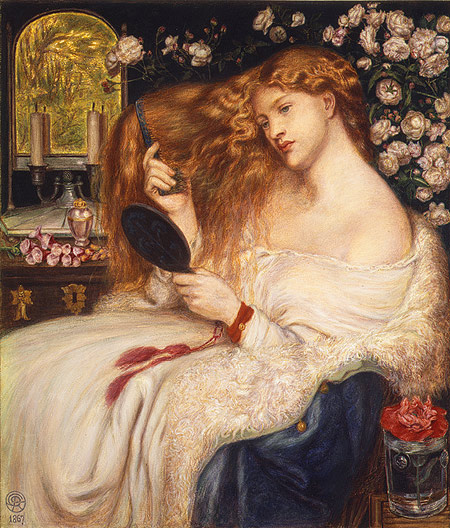
Or we could go back further, to Sumeria and Old Babylon, and a female night demon called a lilitu who has wings. Could this be her? She was dangerous apparently. It's contested.
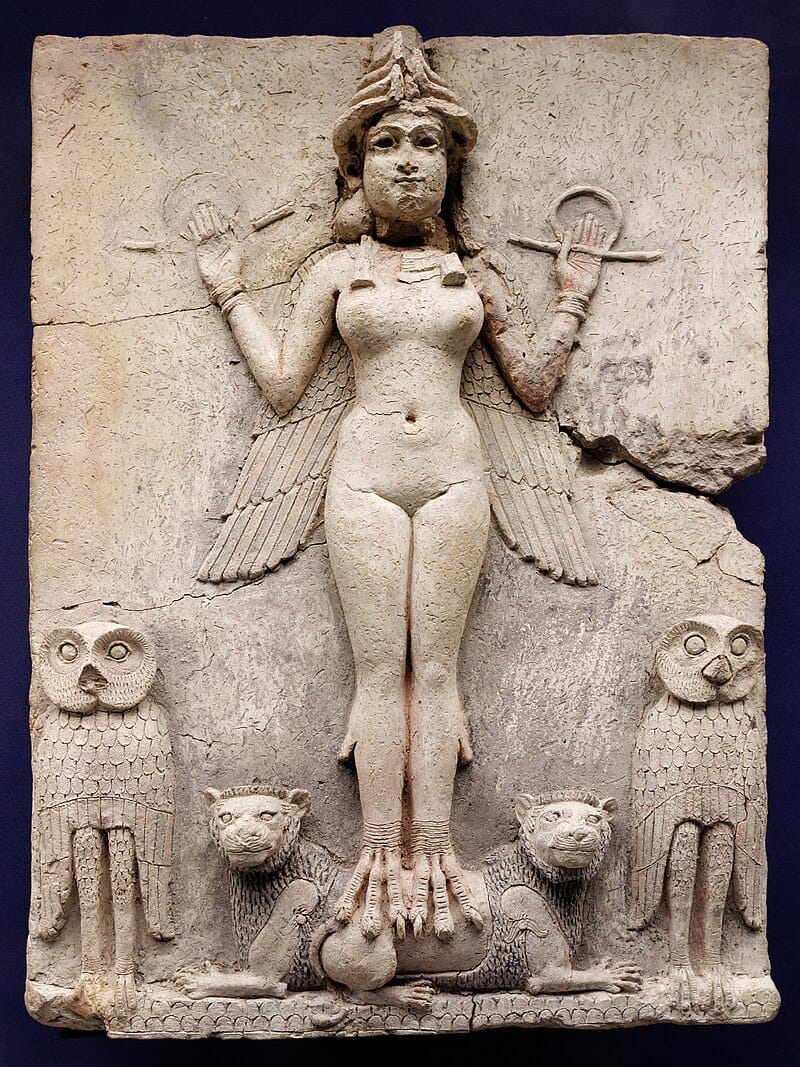
In those days she probably looked like this:
